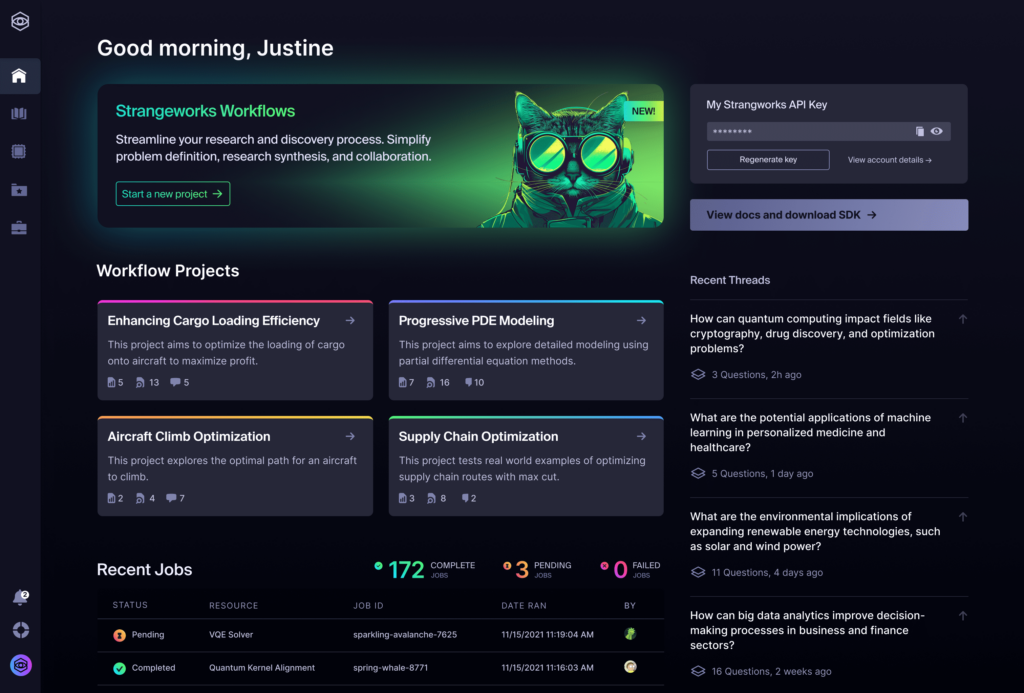Insider Brief
- Quantinuum scientists introduced novel tensor network algorithms designed to optimize quantum circuits.
- The advance could help more efficiently solving complex combinatorial optimization problems, such as ones in supply chain and network design, to name a few.
- The researchers reported their findings in ArXiv.
Quantinuum researchers have made a significant step towards more efficient adiabatic quantum computing, which could be pivotal in solving complex combinatorial optimization problems. Solving these types of problems, such as in logistics and network design, would be cornerstone efforts to making our economy more efficient.
The study, which the team posted on the pre-print server ArXiv, introduces novel tensor network algorithms designed to optimize quantum circuits, a key component in adiabatic quantum computing. Unlike traditional methods, which use Trotter product formulas to convert adiabatic time evolution into quantum circuits, the researchers implemented counterdiabatic driving to enhance the process. This addition typically increases the depth of the circuit with each time step, necessitating more computational resources.
However, the team has taken a different approach by classically optimizing parameterized quantum circuits of fixed depth to encapsulate both adiabatic time evolution and counterdiabatic driving across multiple time steps. In other words, this approach helps guide a quantum system smoothly and efficiently towards its lowest energy state over several stages. Ultimately, this will allow for the capturing of the quantum system’s evolution without the need for increasingly complex circuits.
The paper reports that these optimized circuits substantially outperform the traditional Trotter product formulas. The application of these methods to quantum Ising chains — a model system for quantum computing — with sizes ranging from N = 7 to 31, demonstrated that the classically optimized circuits were more effective in preparing the ground state of the system under consideration.

The researchers also explored the potential of these optimized quantum circuits in tackling combinatorial optimization problems. This class of problems is notoriously difficult to solve but holds immense importance in various fields such as logistics, finance, and resource management. The new method numerically demonstrated that specific one-dimensional quantum many-body systems could be accurately represented by appending shallow one-dimensional quantum circuits, optimized using standard tensor-network techniques.
Moreover, the study suggests that the approach is scalable to two-dimensional quantum systems by employing corresponding tensor-network algorithms. This scalability is crucial as it indicates the potential for these methods to be applied to more complex and practical problems in the future.
The implications of these findings are far-reaching. Adiabatic quantum computing has been a promising avenue for solving certain types of problems that are currently intractable for classical computers. By refining and reducing the complexity of quantum circuits necessary for adiabatic evolution, this research could bring the full potential of quantum computing ever closer.
Quantinuum’s work not only provides a practical solution to a technical challenge in quantum computing but also opens up new possibilities for the application of adiabatic methods in solving non-local, challenging classical problems. As the field of quantum computing continues to grow, the ability to efficiently simulate adiabatic processes on gate-based quantum computers could lead to breakthroughs in various disciplines, from materials science to cryptography, and bolster the quest for a fully functional and effective quantum computer.


















